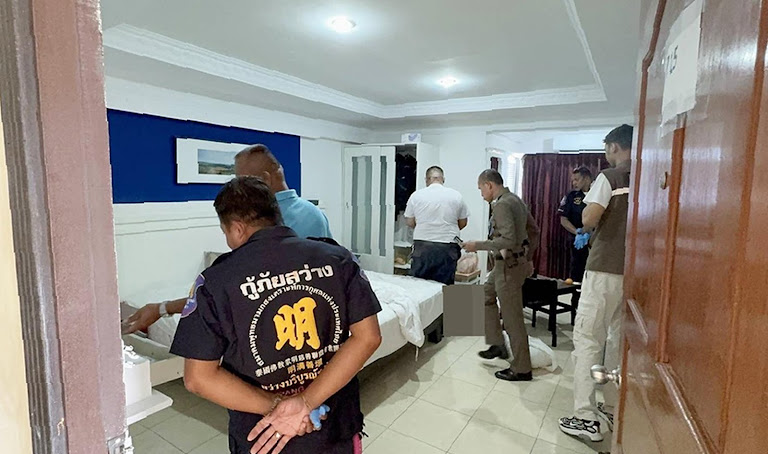Pattaya’s Paradise Lost: Tourist Deaths Expose Dark Side of Globalized Leisure
Escape to paradise turns deadly: Pattaya deaths expose tourism’s dark underbelly and its neglect of vulnerable travelers.

The echo of two deaths, just floors apart, just hours between, in a Pattaya condo isn’t just a tragic coincidence. It’s a symptom. A symptom of a globalized world promising escape, but often delivering only amplified precarity, a stark reminder that the relentless pursuit of leisure can curdle into despair. The Khaosod report focuses on immediate connections, as police investigations do. But to truly understand this tragedy, we must ask: what are the unseen currents that pull vulnerable individuals to places like Pattaya, and what failsafe mechanisms, if any, exist to catch them when they fall?
The bare facts — a Swedish man found dead with running water and blood, an Australian man surrounded by medicine bottles — paint a portrait of individual suffering. But that suffering is refracted through the specific vulnerabilities of transient life. Pattaya, aggressively marketed as a playground for pleasure, becomes a crucible for those seeking refuge from personal storms, individuals often severed from their established support systems and thrust into an environment of intense social atomization.
“We’re conducting a thorough investigation. Although the cases appear unrelated initially, the fact that both occurred in the same building within hours raises questions that need answers,” police stated.
Zooming out, this tragedy forces a reckoning with the ethical calculus of the tourism industry. Is it enough to provide sun, sand, and service? Or does a sector that profits so handsomely from human desires and vulnerabilities bear a deeper responsibility for the well-being — indeed, the lives — of its clientele? A truly sustainable tourism model doesn’t just maximize revenue; it invests in the mental healthcare, addiction services, and accessible emergency care necessary to support a population inherently prone to crisis. And that means confronting the incentives that pull in the opposite direction.
Consider the economics, and the political choices behind them. Thailand’s tourism industry, accounting for 12–15% of GDP pre-pandemic, operates under a particular set of assumptions. The underlying ideology? That foreign investment, however extracted, is intrinsically beneficial. Yet, that capital often flows upwards, enriching developers and multinational corporations while leaving local infrastructure, including crucial social safety nets, chronically underfunded. As Walden Bello, a scholar of Southeast Asian political economy, has written, this model creates a “developmental dictatorship” where the needs of ordinary citizens, and especially vulnerable visitors, are subordinated to the imperatives of economic growth.
Historically, the allure of Southeast Asia as a haven for Western expats and tourists has been predicated, at least in part, on a calculated devaluation — of both labor and life. While the promise of affordable living and exotic adventure beckons, it often masks exploitative labor practices and a laissez-faire approach to mental and physical health. The consequences are predictable: a fragile ecosystem where individual struggles, amplified by isolation and the pressures of displacement, can easily become fatal. This isn’t just happenstance; it’s a system functioning exactly as designed.
The investigation into these Pattaya deaths must be exhaustive, transparent, and, crucially, public. But let’s not pretend that solving these individual cases solves the deeper problem. Are these isolated incidents, or are they the canary in a coal mine? What data exists on tourist deaths in Thailand, and what resources are being allocated to understand and prevent them? Until we interrogate the systemic inequalities underpinning this tragedy, the echo of those two deaths will persist — a chilling testament to the fact that paradise, when built on a foundation of exploitation and neglect, is not a haven, but a trap.









